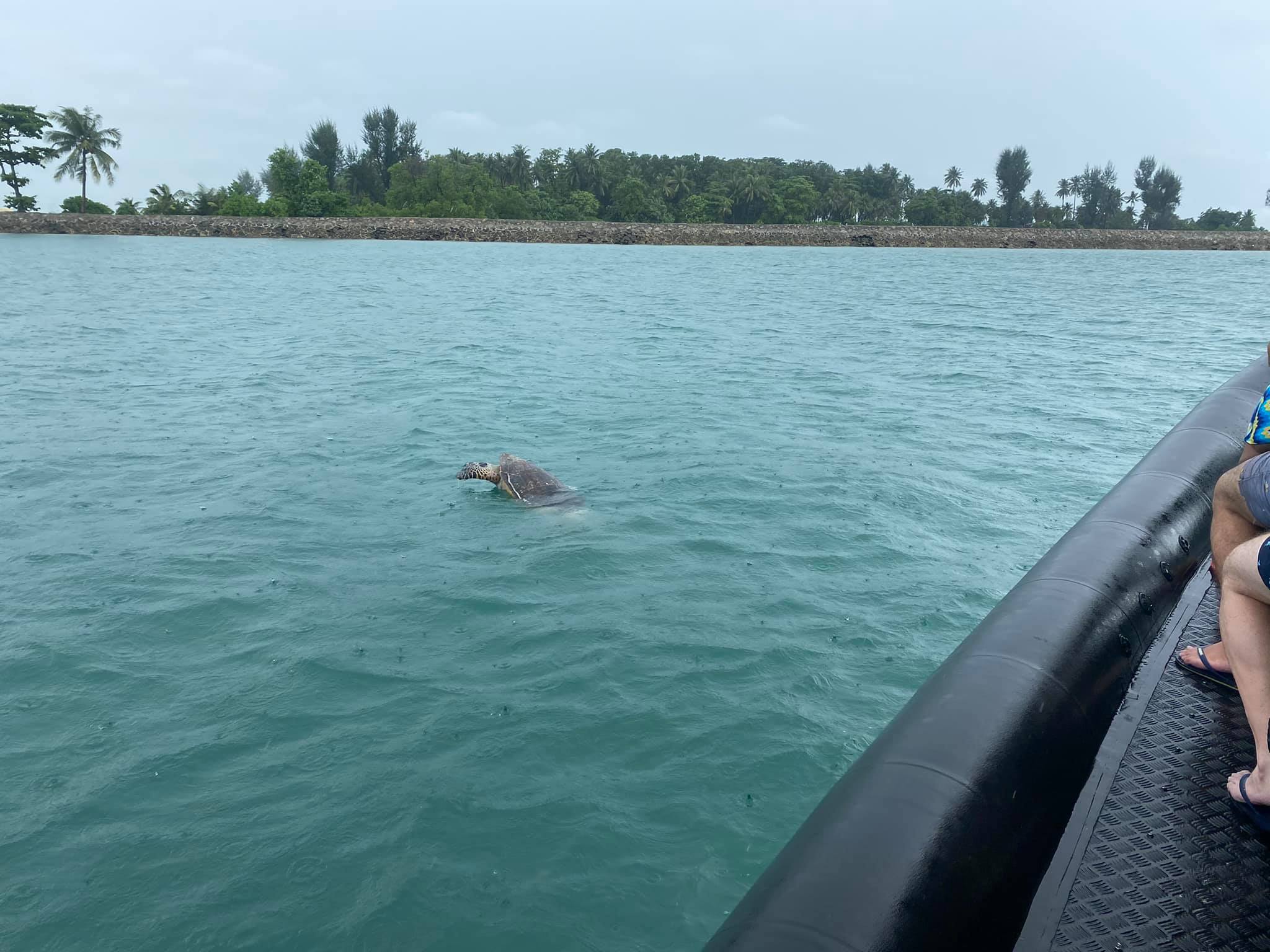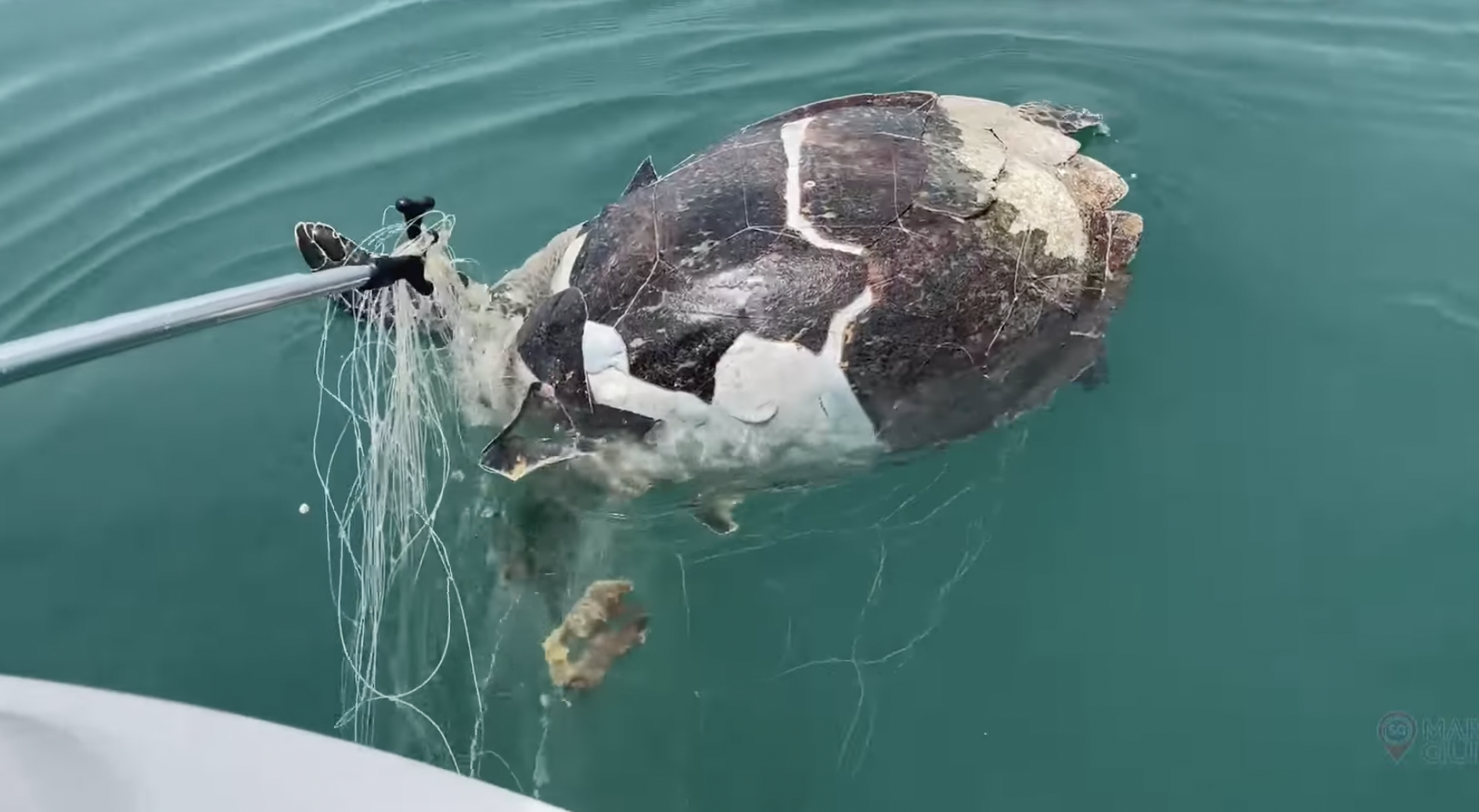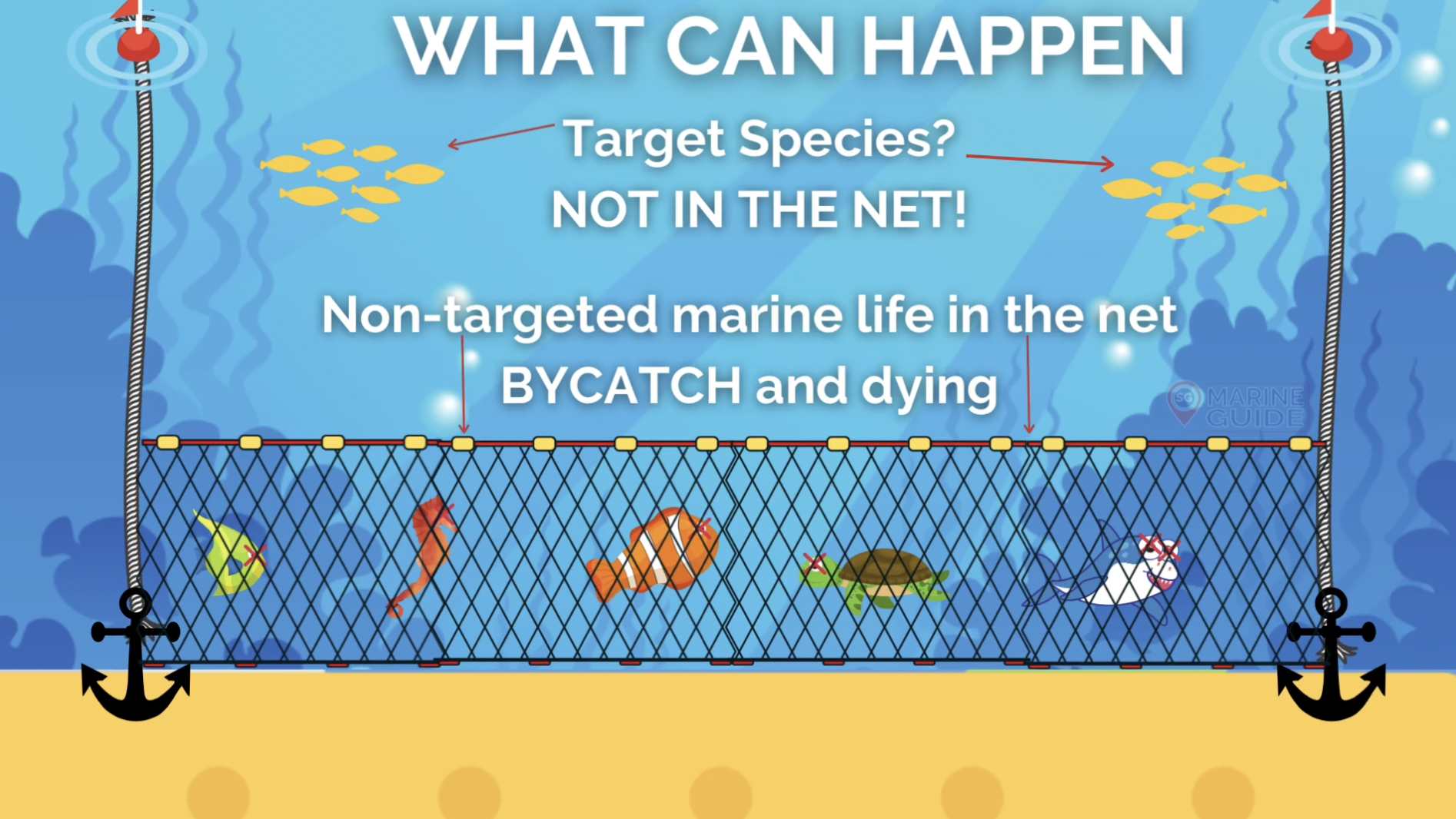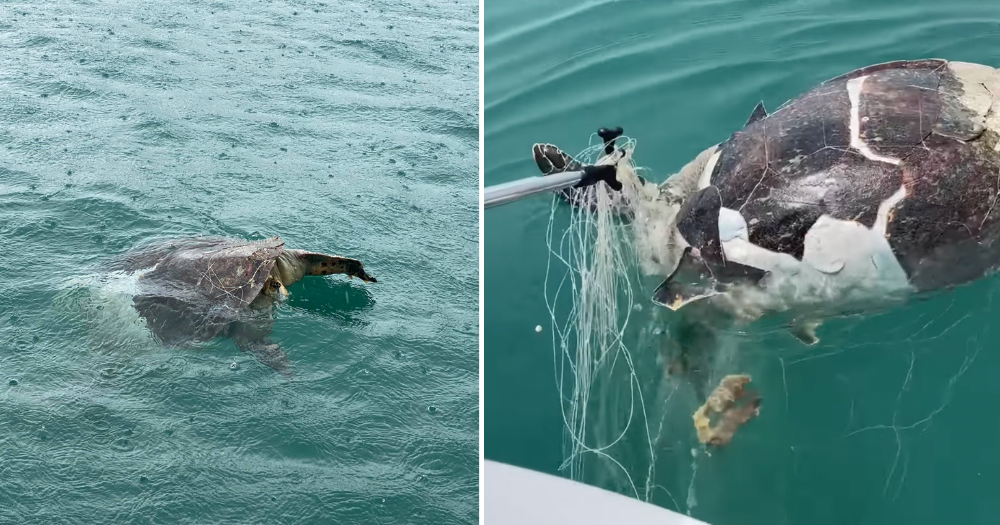A dead sea turtle was found in the waters near Pulau Hantu on May 15.
Dead turtle
As seen from photos by one Roy Kairos, the turtle's carcass was a blotch marring the turquoise waters, bobbing along with the waves.
According to The Hantu Bloggers, a group of people who were travelling to the island's coral reefs initially believed that they spotted two sea turtles mating.
Unfortunately, what was believed to be a wholesome sighting ended up being a dead Hawksbill turtle.
Wade Pearce, a diver who returned to the site later that day to remove the carcass, said that the turtle's head had been severed by a gill net.
Unfortunately, Pearce was unable to even lift the net off the seabed as it was too heavy.
 Photo from Roy Kairos / FB
Photo from Roy Kairos / FB
 Photo from Roy Kairos / FB
Photo from Roy Kairos / FB
A video posted by Cuddlefish Divers on Instagram show people on board poking at the turtle's carcass, which was heavily entangled in the net.
The carcass had already decomposed to a certain extent, and the top layer of its shell had cracked and was peeling off.
https://www.instagram.com/p/CO4UAXGJ09t/
 Photo from Singapore Marine Guide / FB
Photo from Singapore Marine Guide / FB
Those onboard the boat managed to cut the turtle free and let its carcass drift away.
Caught in gill net
Community group Singapore Marine Guide created a nifty animated video, sharing how exactly the turtle died.
It was likely that the turtle first became trapped in a 100m-long gill net, which was situated 15m deep on the seabed, weighed down by anchors. The group said that the net spanned about 50m in length.
The gill net was roughly 5m high.
Due to their large size, gill nets trap anything and everything, often catching other species and bycatch even if they are not targeted by fishermen.
Here's what a gill net looks like.
 Screenshot from Singapore Marine Guide / FB
Screenshot from Singapore Marine Guide / FB
With no way around the net, the turtle likely got caught in it and later drowned after it was unable to surface for air.
When its body decomposed and became bloated, it floated to the water's surface, dragging the gill net along with it.
Hawksbill turtles in Singapore
The critically endangered Hawksbill turtle is an occasional visitor to Singapore's shores.
Females often visit the local beaches in search of proper nesting spots to lay their eggs.
This species is one of two species of marine turtles that can be found here, and the individuals may visit the same site to nest every few years, according to NParks.
Female Hawksbill turtles can lay up to 200 eggs each time. However, the survival rate of a hatchling is extremely low, as only one in a thousand hatchlings make it to adulthood.
Besides natural predation, these turtles are also threatened by poachers and marine pollution such as abandoned fishing nets and plastic waste.
Related stories
Top photo from Roy Kairos / FB
If you like what you read, follow us on Facebook, Instagram, Twitter and Telegram to get the latest updates.

